#Globular Clusters
Explore tagged Tumblr posts
Text
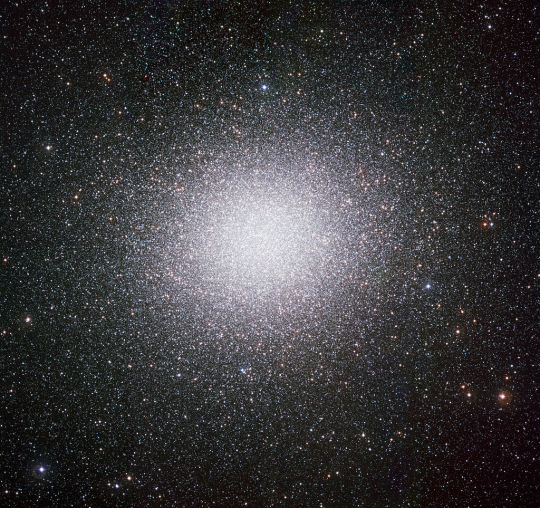
0 notes
Text
- quote by Carl Sagan, from Cosmos

If we lived on a planet in a globular cluster, the sky might look like this.
(screenshot from the What If YouTube video, What If We Lived in a Globular Cluster?)
It is now very clear that we live some 30,000 light-years from the galactic core, on the fringes of a spiral arm, where the local density of stars is relatively sparse. There may be those who live on a planet that orbits a central star in one of Shapley’s globular clusters, or one located in the core. Such beings may pity us for our handful of naked-eye stars, because their skies will be ablaze with them. Near the center of the Milky Way, millions of brilliant stars would be visible to the naked eye, compared to our paltry few thousand. Our Sun or suns might set, but the night would never come.
183 notes
·
View notes
Text
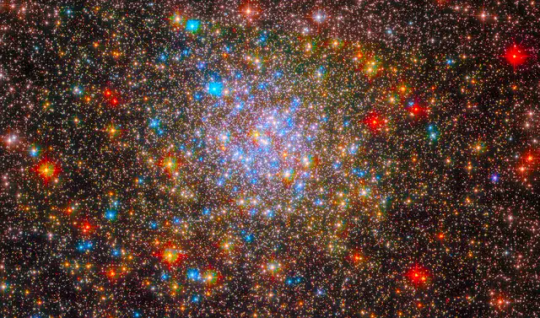
Globular Cluster
NGC 6355 is a globular cluster located in the constellation Ophiuchus. It is one of the many globular clusters that orbit the Milky Way galaxy.
Globular clusters are dense collections of stars, typically containing hundreds of thousands to millions of stars, all bound together by gravity.
It is less than 50,000 light-years from Earth.
Credits: ESA/Hubble & NASA, E. Noyola, R. Cohen
#globular cluster#space#star cluster#galaxy#nebula#nasa#constellations#stars#astrophotography#astronomy#outer space#astro observations#space exploration#space photography#aesthetic
413 notes
·
View notes
Text
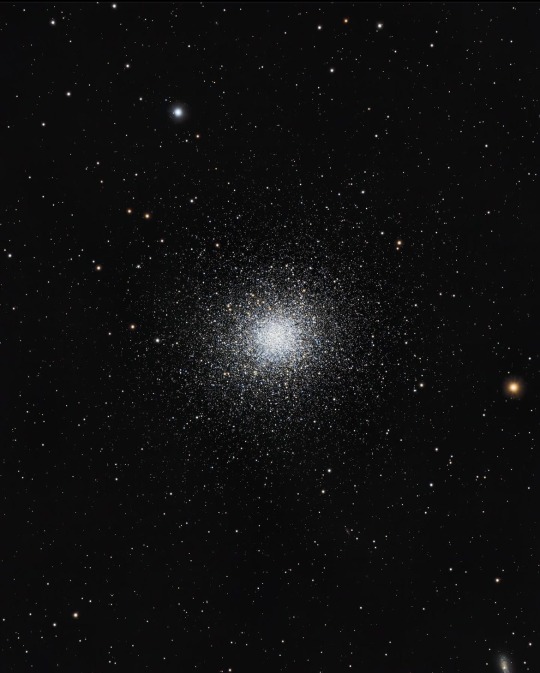

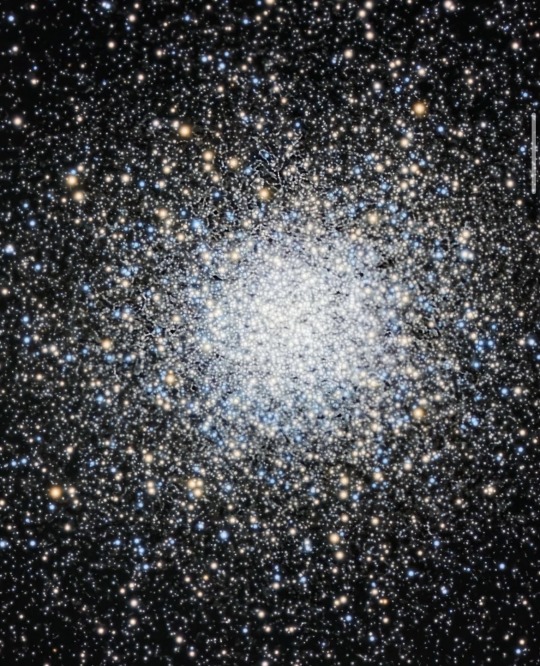
Hercules Globular Cluster M13
Nick Fritz on Instagram
769 notes
·
View notes
Text
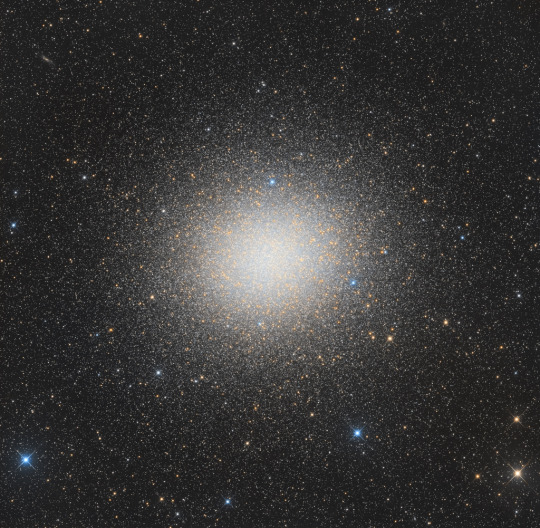
Millions of Stars in Omega Centauri ©
#stars#nasa#apod#globular cluster#star cluster#astrophotography#night sky#solar system#universe#cosmos#astronomy#planet#omega centauri
496 notes
·
View notes
Text
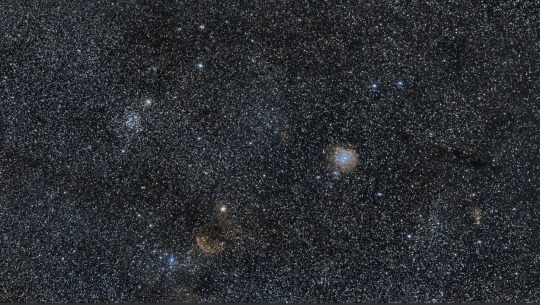
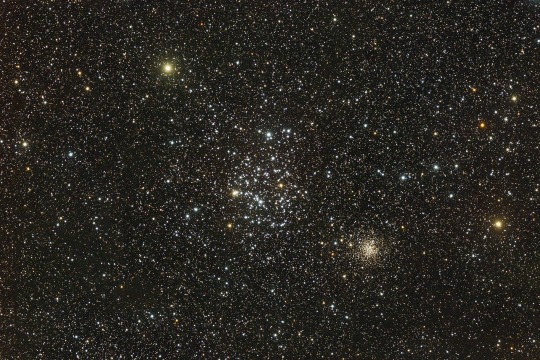
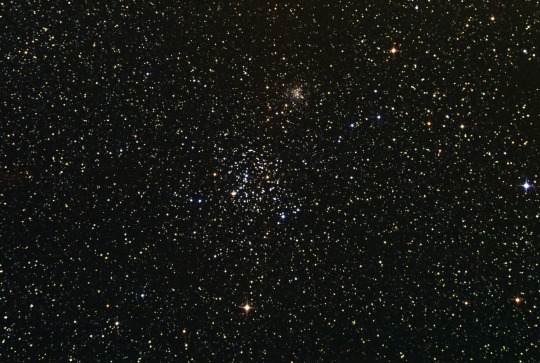

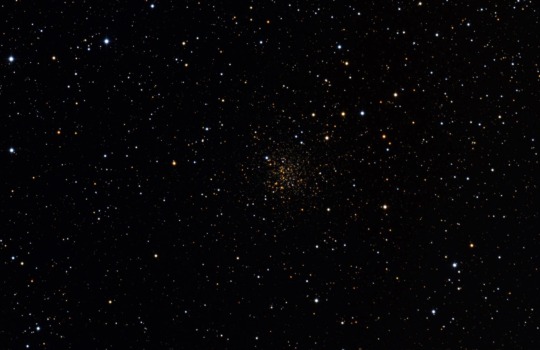
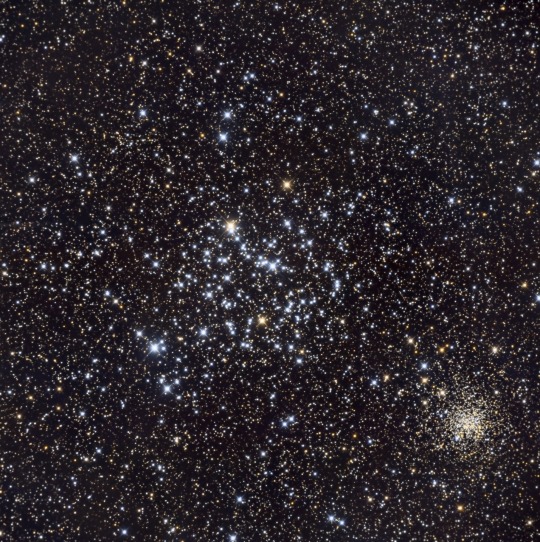
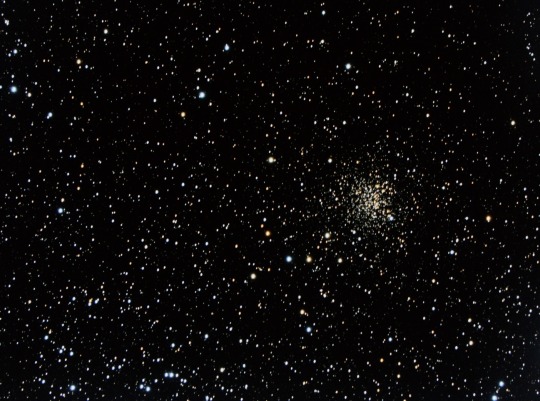
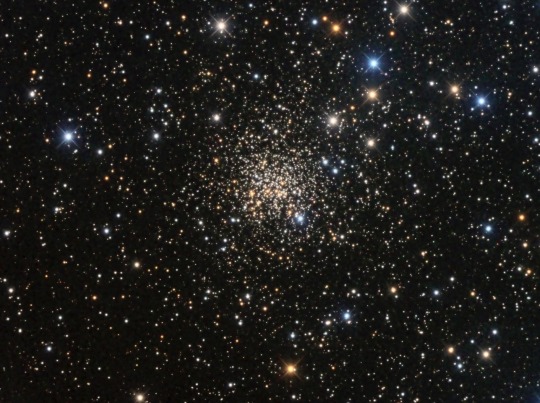

Some of my favourite star clusters!
#neutron stars#stars#star photography#starchaser#star cluster#open cluster#globular cluster#astronomy#astronomers#nasa#universe#astrophotography#nasa photos#astrophysics#outer space#nasawebb#hubble space telescope#space exploration#space#science#james webb space telescope#telescope#science facts#planetary science#space science#planetary nebula#solar system#the universe#alternate universe#i love astronomy
223 notes
·
View notes
Text

"Are you also on your way to the Globular Clusters?" (OC) (My art) ♡
205 notes
·
View notes
Photo
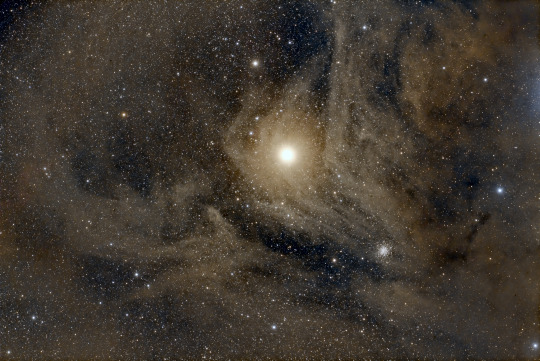
The star Antares (α Scorpii) // Gaillard Jérôme
Note the globular cluster M4 to the lower right!
#astronomy#astrophotography#star#binary star#antares#alpha scorpii#stars#star cluster#globular cluster#messier#messier 4#M4#NGC 6121#scorpius
864 notes
·
View notes
Text
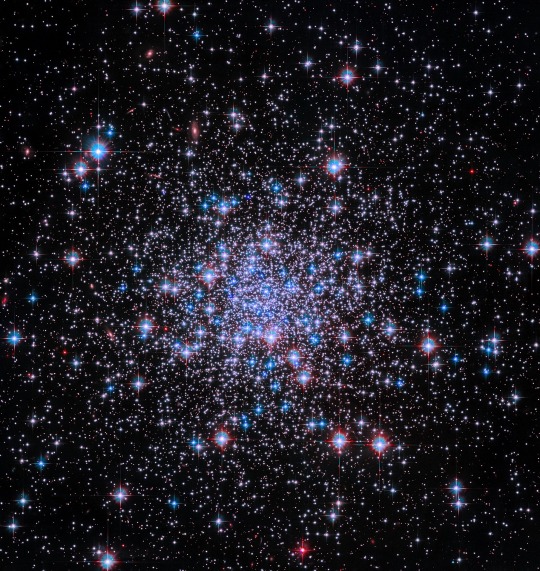
This new NASA Hubble Space Telescope view shows the globular cluster NGC 2298, a sparkling collection of thousands of stars held together by their mutual gravitational attraction. Globular clusters are typically home to populations of older stars, and they mostly reside in the dusty outskirts of galaxies. Scientists utilized the telescope’s unique ability to observe the cosmos across multiple wavelengths of light to study NGC 2298 in ultraviolet, visible, and near-infrared light. This valuable information helps astronomers better understand how globular clusters behave, including their internal movements, orbits, and the evolution of their stars.
Image Credit & Copyright: NASA, ESA, G. Piotto (Universita degli Studi di Padova), and A. Sarajedini (Florida Atlantic University);
#astronomy#space#science#universe#globular cluster#star cluster#cluster#globular#star#Hubble#hubble space telescope#telescope#blue stars#old stars#study#follow#like#reblog#the first star#the first starr#thefirststar#thefirststarr#nasa#apod#tumblr#blog#space blog#hst#galaxy#gravity
186 notes
·
View notes
Text

The densely packed globular cluster NGC 6325 glistens in this image from the NASA/ESA Hubble Space Telescope. This concentrated group of stars lies around 26,000 light-years from Earth in the constellation Ophiuchus.
Image credit: ESA/Hubble & NASA, E. Noyola, R. Cohen
711 notes
·
View notes
Text

Sternhaufen (Hercules), 1935-1945
#unknown photographer#astronomy#astrophotography#star cluster#hercules#Hercules Globular Cluster#Messier 13#M13
124 notes
·
View notes
Text

Globular Cluster Omega Centauri - October 4th, 1996.
"Does an old, red globular cluster have any hot, blue stars? The rightmost picture, taken by the Ultraviolet Imaging Telescope in ultraviolet light, shows that indeed it does. Pictured, Omega Centauri is the largest known globular cluster in our galaxy, containing well over a million stars. Many of these stars are evident in the visible light photograph on the left. When photographed in ultraviolet light, however, different and less numerous stars emerge, as evident on the photograph on the right. Most of these stars are thought to have evolved past the current stage of our Sun. These stars no longer fuse hydrogen to helium in their core but rather fuse helium into carbon. These stars will soon shed their outer envelopes and end up as smoldering carbon embers known as white dwarf stars."
#nasa#space#cosmos#universe#astronomy#astrophysics#astrophotography#omega centauri#globular cluster#stars
49 notes
·
View notes
Text

Messier 15: the Pegasus Globular Cluster
A massive spherical cluster of stars pulled together by their own gravity. Globular clusters are highly technical to shoot and edit, but a great test of how well your equipment is calibrated. The more stars you can resolve, especially close to the core, the better. You can see some of the limits of my data and editing process at the core, where the glow and individual stars become somewhat murky and mottled.
1h each of exposure time for each color channel (RGB) at 1600mm. Calibrated and edited in PixInsight.
#astrophotography#astronomy#space#deep sky#night sky#lensblr#globular cluster#messier catalog#messier 15#stars
60 notes
·
View notes
Text
went out with the telescope again last night and got this picture of M13 (the great globular cluster of hercules), a dense ball of hundreds of thousands of 11 billion year-old stars orbiting our galaxy about 22 thousand light-years away :3

also, near the bottom you can see a small spiral galaxy, NGC 6207, that's about 30 million light-years away
69 notes
·
View notes
Text

Comet Leonard and Globular Cluster M3
Jonathon Wilcox on Instagram
#shared with permission#stars#astrophotography#space#astronomy#comet#star cluster#globular cluster#comet Leonard#mine#globular cluster M3
153 notes
·
View notes
Text

Kurt C Burmann, Globular Cluster, 1990
32 notes
·
View notes